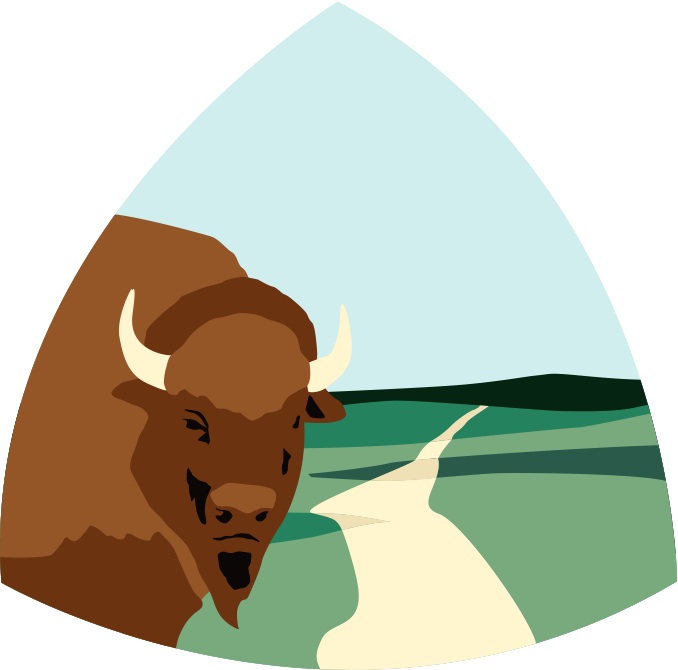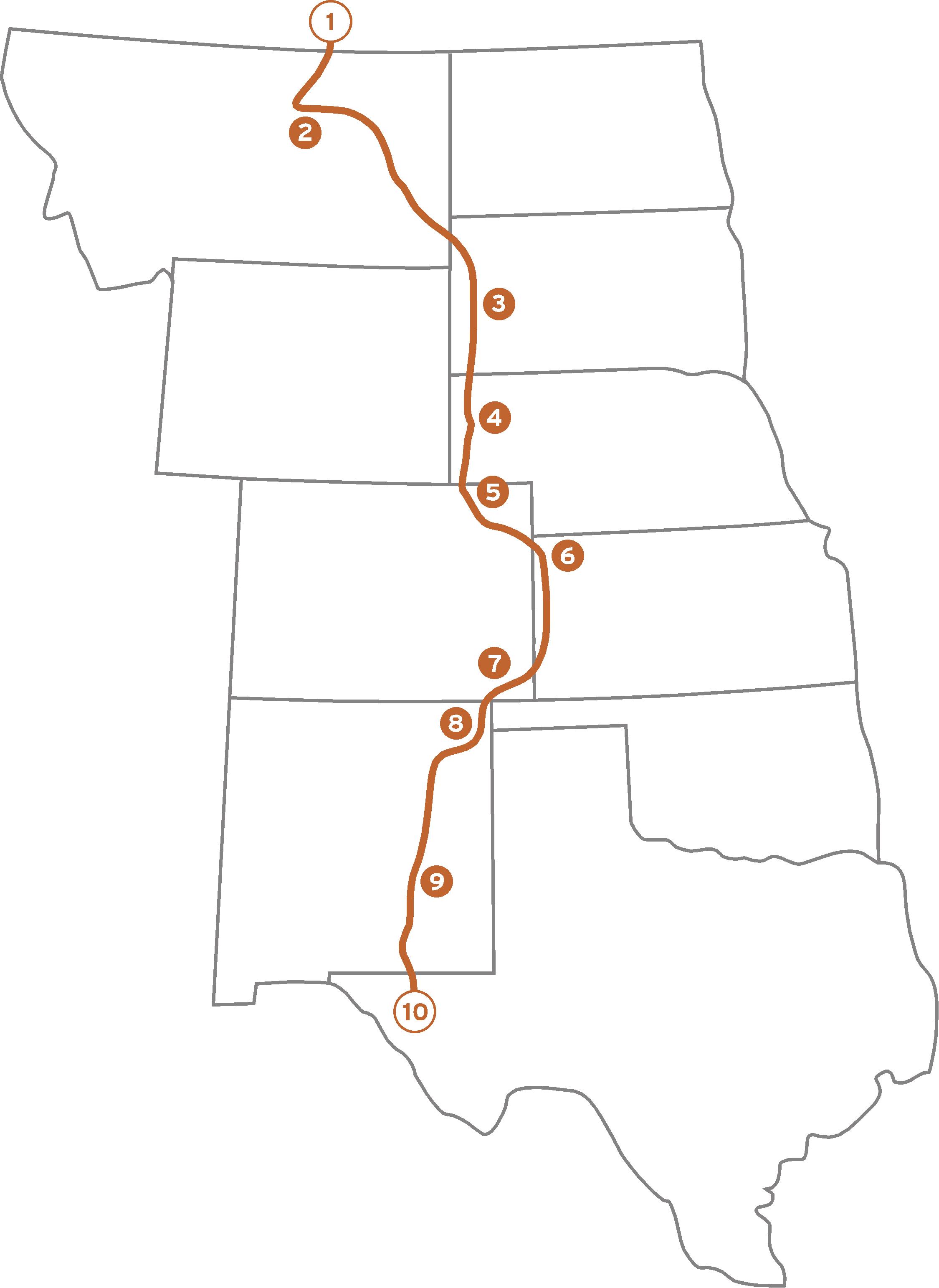 We tend to want to think of the history of America (or even North America) as a great noble experiment, a grand epic struggle for freedom. Often the reality was much more mundane, and far less noble. For the most part, the reasons Europeans came to the Americas was to make money. In the 1600s, companies such as the London Company and the Hudson Bay Company wanted to establish trade for various goods in order to turn a profit. It’s all pretty bland stuff for the most part. It’s the kind of thing that has put many a high school student to sleep over the years. Only once in a while, do you come across a smaller story within the larger story that captures the imagination, and makes it all seem grand once again – like the story of young Henry Kelsey.
We tend to want to think of the history of America (or even North America) as a great noble experiment, a grand epic struggle for freedom. Often the reality was much more mundane, and far less noble. For the most part, the reasons Europeans came to the Americas was to make money. In the 1600s, companies such as the London Company and the Hudson Bay Company wanted to establish trade for various goods in order to turn a profit. It’s all pretty bland stuff for the most part. It’s the kind of thing that has put many a high school student to sleep over the years. Only once in a while, do you come across a smaller story within the larger story that captures the imagination, and makes it all seem grand once again – like the story of young Henry Kelsey.
Henry Kelsey was born in London in 1667, and has the distinction as the first Englishman to have seen the buffalo of the plains. I’d doubt he was the first European, as the Spanish were active in New Mexico as early as the 1500s. However, he was most likely the first European to encounter the northern plains.
As the story goes, The Hudson Bay Company had set up a trading post on the western shores of Hudson Bay. They were in need of people to travel inland, meet with the various tribes, and encourage trade. They did not exactly get a chorus of volunteers. The multitude of dangers as well as the language barriers kept most people close to the established post. However, a young man who had been at the post since he was 17 caught the eye of several of the company directors. They noticed that, “the boy Henry Kelsey is a very active lad delighting much in Indians’ company, being never better pleased than when he is traveling amongst them.” So they signed him up, and in June of 1690, he left the post with a small group of Indians on a journey to scout the interior and to drum up more trade. His route is not entirely clear, but he was most likely traveling throughout present day Manitoba and Saskatchewan. We do know for certain, however, that he was the first Englishman to see the buffalo of the northern plains. On August 20, 1690 he writes, “Today we pitcht to ye outermost Edge of ye woods. This plain affords Nothing but short round sticky grass and Buffillo & a great sort of Bear wich is Bigger than any white bear & is Neither White nor Black But silver haired…” He refers, of course, to the grizzly bear, which was as common on the plains then as the coyote is today.
Kelsey remained employed by the Hudson Bay Company until 1722. He then returned to England and died in 1724. The story of Henry Kelsey can be interesting in many ways, but what strikes me is that he saw what now can only exist in our imaginations. I don’t know if he held any romantic notions about what he was seeing. His writings are simple and to the point. I suspect he was far more concerned with his own survival than with any poetical musings, but perhaps when he returned to London, as he did several times during his long career, and walked along the dingy, rainy, crowded streets, there were moments when his mind flashed back to the sun baked wide open spaces where herds of bison drifted like clouds along the land. Although he was surely a cog in the great wheel of change that was to come, I like to think these moments made him glad for his adventures, and glad to know a land that no one else in England could even imagine.



2 Responses
Another less-heralded British explorer is David Thompson. He came along quite awhile after Kelsey and spent much more time exploring Canada than the U.S., but, like Kelsey, he saw this continent before many parts were ever explored by Europeans.
I think I’ve heard of him. I had never heard of Kelsey until I stumbled across him recently. A pretty interesting time to be sure.